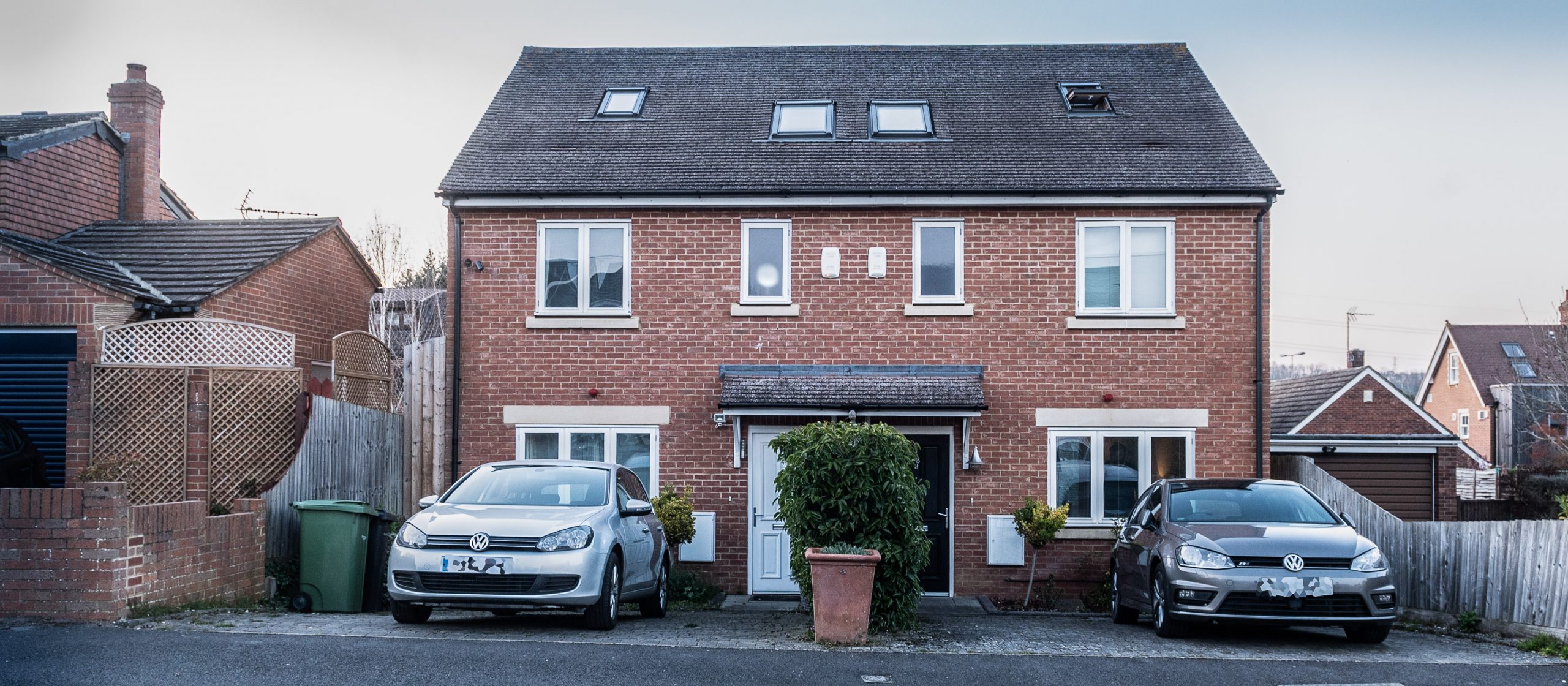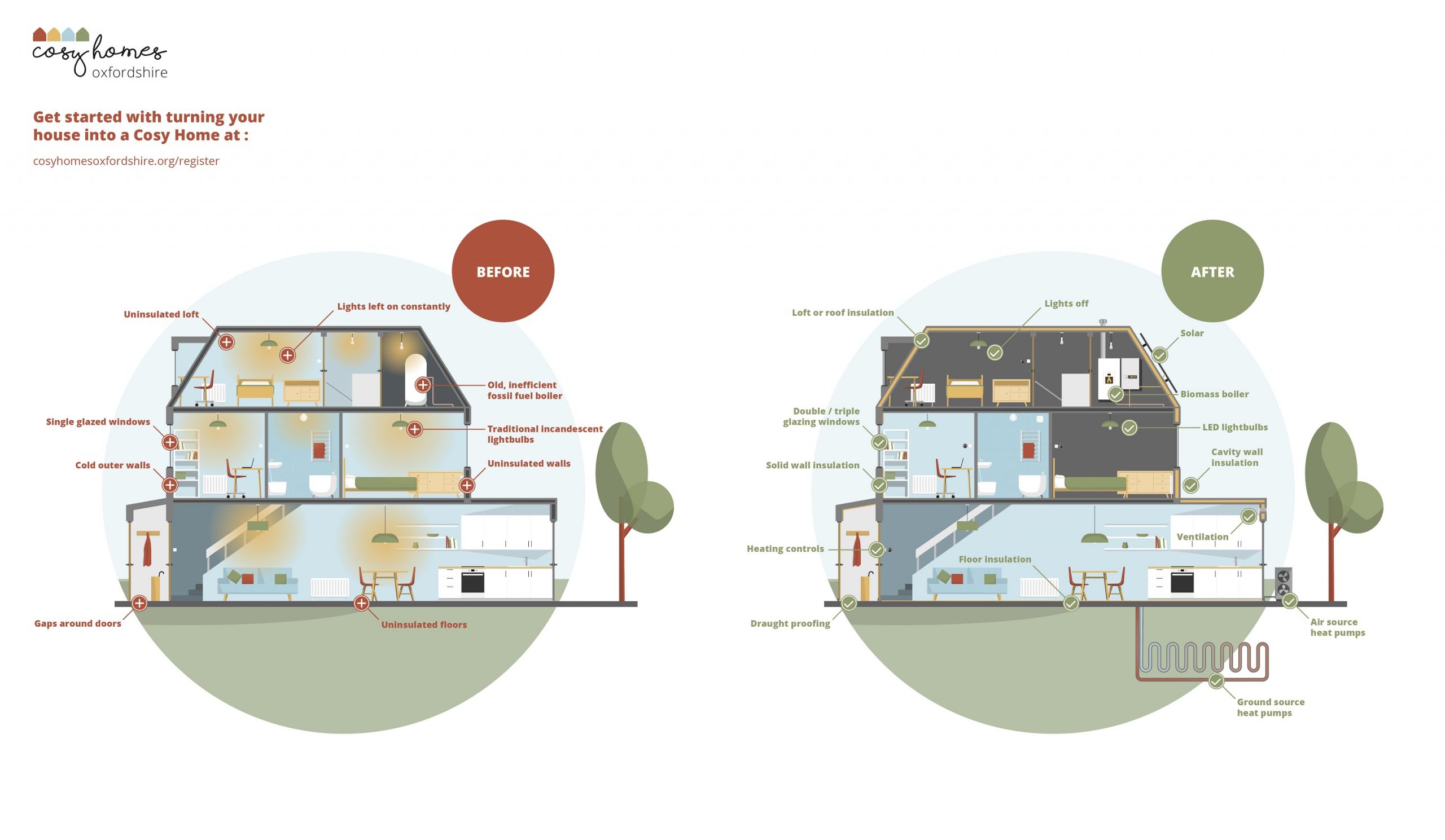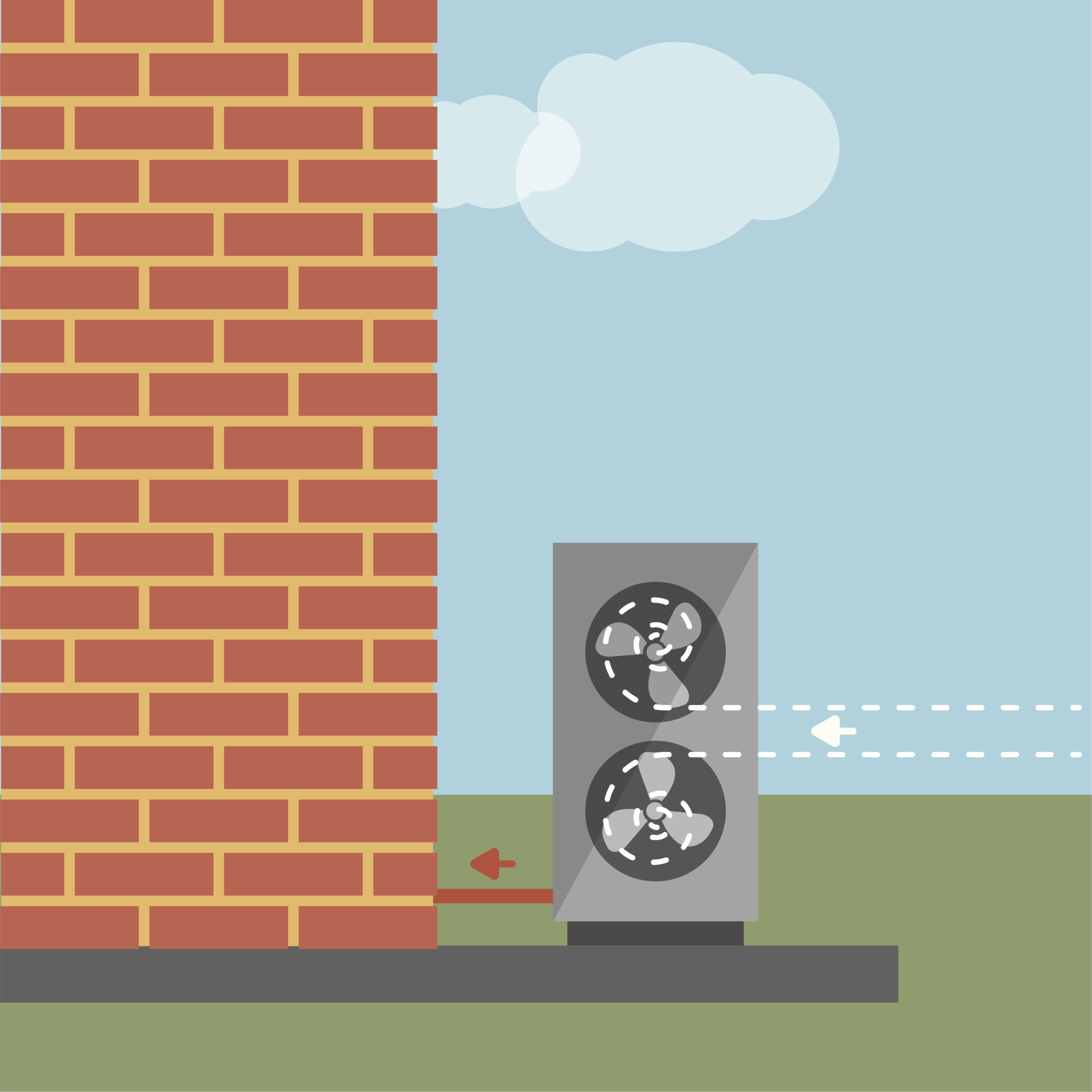
What is energy efficiency – and why is it important?
When we talk about home retrofit and our Cosy Homes Oxfordshire service, we often use the term ‘energy efficiency’. But what is energy efficiency, why is it important, and how does it relate to our homes? That’s what we’ll cover in this post.
Defining energy efficiency
Energy efficiency refers to finding ways to use less energy to perform the same actions in a building – literally, using energy in a more efficient manner.
So, take the example of a light in your home. Every time you turn that light on it uses energy to light the room you’re in. But there are ways to reduce how much energy is used to produce that light. Traditionally we all used incandescent light bulbs in our light fittings. These types of light bulbs produce light but also produce a high amount of heat energy at the same time, which is wasted. If you switched to an LED light bulb in the same light fitting, you would use less energy each time you switch on the light, because LED light bulbs are much more efficient at turning energy into light without producing waste. This is one example of energy efficiency.
Why is energy efficiency important?
There are three key reasons that energy efficiency is important. For us, the most important of these reasons is the environmental impact of the energy that we waste unnecessarily in our homes. Housing accounts for 14% of total carbon emissions in the UK, and this could be drastically reduced by improving the energy efficiency of our homes.
Alongside this, when we use excess energy in the home to perform actions we aren’t only wasting energy but also money on our energy bills. Reducing energy use in the home will reduce your energy bills and save you money. This is particularly important because so many people across the UK are living in fuel poverty, without the funds to pay for heating or lighting in their homes.
Finally, many of the typical energy efficiency issues in our homes also cause reduced comfort. Inefficient heating means our homes don’t warm up efficiently or have some rooms that are much colder than others. Heat loss through draughts and poor insulation leaves our home draughty and can cause areas of damp and mould which will also affect our health.
What does energy efficiency look like in the home?
Every home is unique, and this should always be taken into consideration when making energy efficiency improvements – this is why Cosy Homes Oxfordshire is a whole house retrofit service, and why we always start with a home assessment from one of our energy experts.
Generally, though, the areas in which our homes waste energy can be split into three main areas:
Heating system
Most older homes will have a boiler (powered by high-carbon oil or gas) and radiator system for heating. Older boilers are likely to be inefficient, as well as relying on fossil fuels for heating.
Alternative low-carbon heating options include Biomass Boilers and Heat Pumps (Air Source or Ground Source) or upgrading to a more efficient boiler.
Heating systems can also be made more efficient by adding smart controls such as thermostats which enable you to have more control over the heating in each room of the house, reducing energy waste.
Heat loss
Most homes can benefit from adding or increasing insulation to reduce heat loss – whether it be in the roof/loft, the floors, or the walls (cavity or solid wall). Windows and doors are another typical area of heat loss in the home, which can be addressed through draught-proofing and double/triple glazing.
Lighting
As previously mentioned, traditional light bulbs are not very energy efficient. Switching to LED light fittings is a fairly low-cost, low effort way to reduce energy consumption and waste in the home.
What about the energy behaviour of homeowners?
Energy efficiency generally refers to changes to the fabric of a home or building, whether that be structural changes or the installation of technologies – like those previously outlined.
However, it’s completely right to also highlight the energy behaviour of homeowners – often referred to as energy conservation, energy saving, energy reduction, or behavioural change. This refers to changes that a homeowner can make to their own behaviours in order to reduce energy wasted in the home. Examples include switching off lights when rooms are empty and turning down the heating.
Read next…

How home retrofit can transform a cold, draughty house into a cosy and energy efficient home [animation]
Home retrofit and energy efficiency improvements can transform your cold, draughty house into an energy efficient, Cosy Home - here's
What to expect from a heat pump in your home
Heat pumps are growing in popularity as an efficient and low-carbon way to heat (and sometimes cool) our homes. If you’re replacing a gas or oil boiler, they can be a smart, future-proof choice. But what’s it like to live with one? We’ve worked with
Why moving home is the perfect time to plan your retrofit project
A new home is a clean slate. Whether it’s knocking down walls, ripping out kitchens, or planning an extension, it’s an opportunity to make this new house feel like your home. And whilst you’re already planning home renovations, it makes sense to get
